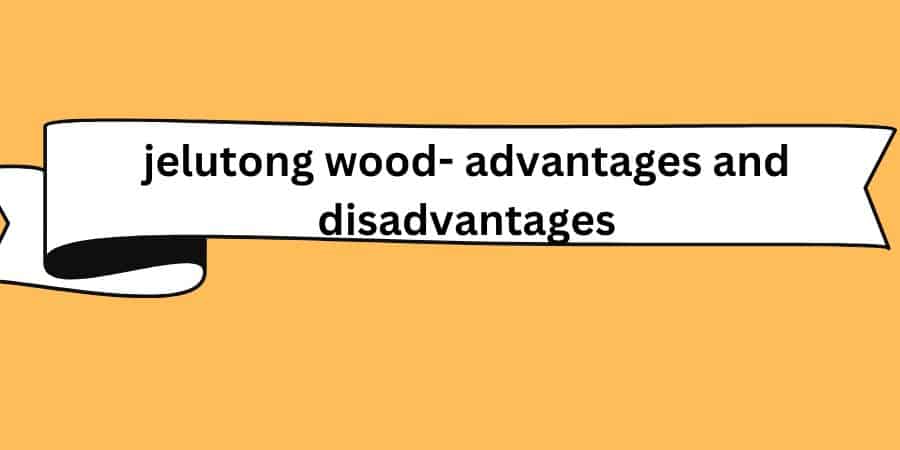Jelutong wood is a lightweight, low-density hardwood obtained from the Jelutong tree (Dyera costulata), native to Southeast Asia, particularly Malaysia and Indonesia.
It has a fine, even texture and straight grain, making it easy to carve and work with. Jelutong wood is commonly used for pattern making, carving, model making, and other applications requiring a soft, easily shaped wood.
Advantages
1. Lightweight: Jelutong wood is easy to handle, transport, and work with due to its low density and lightweight nature. This makes it a popular choice for various applications.
2. Fine texture: The fine and even texture of jelutong wood provides a smooth surface, making it ideal for carving, model making, and other intricate work.
3. Easy to work with: Jelutong wood is soft and can be cut, shaped, and sanded easily using hand or power tools. This makes it a popular choice among woodworkers and hobbyists.
4. Low shrinkage: The low shrinkage rate of jelutong wood means it maintains its shape well after drying, reducing the chances of warping or cracking. This makes it suitable for applications where stability is essential.
5. Good gluing properties: Jelutong wood bonds well with adhesives, making it easy to join pieces together for various projects. 6. Paints well: The wood’s fine texture allows for even paint application, making it suitable for projects requiring a smooth finish.
7. Good for pattern making: Jelutong’s fine texture and easy workability make it an ideal choice for creating detailed patterns and molds.
8. Non–toxic: Jelutong wood is non–toxic, making it safe for use in toys and other products for children. 9. Sustainable: Jelutong wood is harvested from managed forests, making it an environmentally friendly choice.
10. Affordable: Compared to other hardwoods, jelutong wood is relatively inexpensive, making it accessible for various applications.
Disadvantages of Jelutong Wood:
1. Low durability: Jelutong wood is not as durable as other hardwoods, making it less suitable for heavy-duty or outdoor applications.
2. Susceptible to insect attack: The wood is prone to damage from insects such as termites, which can weaken its structure.
3. Poor resistance to moisture: Jelutong wood is not naturally resistant to moisture, making it unsuitable for applications where it may be exposed to water or damp conditions.
4. Softness: The soft nature of jelutong wood makes it prone to dents and scratches, which may affect its appearance and longevity.
5. Limited availability: Jelutong wood is primarily found in Southeast Asia, which may make it less readily available in other regions.
Jelutong wood vs other similar woods
| Wood Type | Density (kg/m³) | Hardness (N) | Durability | Workability | Cost | Common Uses |
|---|---|---|---|---|---|---|
| Jelutong | 450-510 | 2,200 | Low | Excellent | Moderate | Carving, pattern making, light construction |
| Balsa | 100-200 | 500 | Very Low | Excellent | Low | Model making, insulation, light construction |
| Basswood (Linden) | 300-500 | 1,800 | Low | Excellent | Moderate | Carving, musical instruments, plywood |
| Poplar | 400-500 | 2,400 | Low-Moderate | Good | Moderate | Furniture, plywood, light construction |
| Mahogany | 500-850 | 4,200 | Moderate-High | Good | High | Furniture, cabinetry, boat building |





